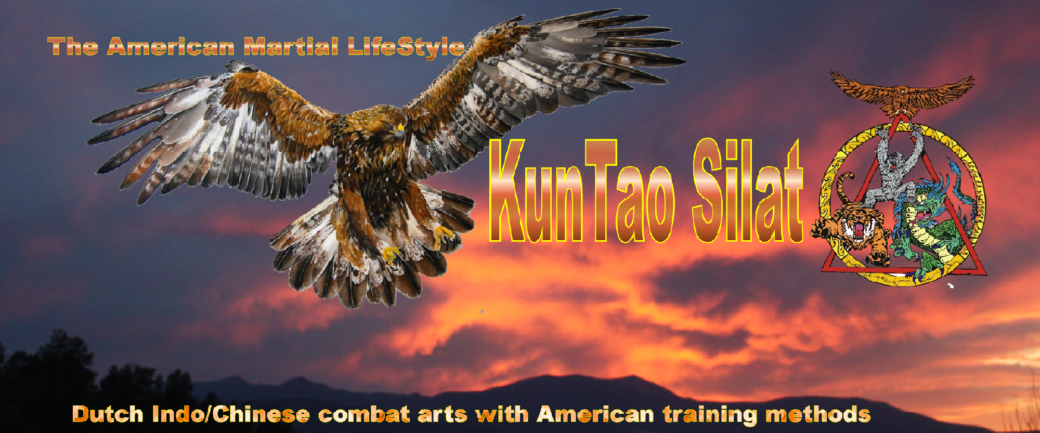One of the distinctive motions of Pentjak Silat has to be the percussive slaps players inflict upon their own bodies as they practice Djurus or play Kembanggan.
While many Okinawan, Chinese, and Korean Systems may feature an occasional technique wherein the practitioner strikes or slaps against their own body, Silat is generally full of such movements.
These can seem odd to the unitiated, but they are actually a very clever training method with myriad benefits and applications.
On a base level, the slapping of the elbow, thigh, forearm, fist, etc serves as a method of Iron Skill conditioning. With no equipment other than the player’s own body, the various striking surfaces can be gradually acclimated to sudden, violent impact. As the likely target of any actual strike would be another human being, becoming accustomed to the feeling of flesh and bone collision is key. As the player’s own nervous system will actively work to prevent injury, practice is unlikely to be too vigorous too quickly, allowing for a gradual process of conditioning as the body adapts over time.
Higher up in applicational theory is the concept of trapping. An extremely common instinctive gross motor movement for most people when faced with an incoming blow, particularly when directed at the face, is to attempt to seize or block with both hands. By engaging both hands (and/or the legs too), we refine this gross motor skill by inculcating a more martially effective presentation into these movements, creating an unconscious reflex which presents the bone shields and a strong barrier of entry when the player is startled. The goal of a successful trap or hold is to buy the defender precious seconds to “break the freeze” while hopefully causing the attacker to freeze up due to an unexpected response which “goes off script.”
In addition to these defensive principles, this type of training further prevents injury to the Silat player long term by programming into their reflexes the natural “stopping point” for their strikes. Many martial artists as some point in their careers overextend on a punch, kick, elbow strike, etc. If they are luckily they suffer no more than a minor strain that aches for a few days and resolves. A serious hyper extension or violent twist of the hips or back can lead to long term ligament, tendon, and vertebral disc injury. By learning where to aim with these self percussion techniques, we can hopefully avoid such injuries.
Keep these principles in mind during your Daily Constant Practice.
Dr. Jon
Discover more from KunTao Silat
Subscribe to get the latest posts sent to your email.

No comments yet.